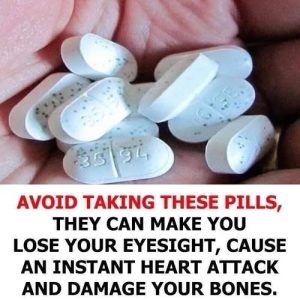Oral cancer is a serious health condition that can develop in various parts of the mouth, including the lips, tongue, inner cheeks, gums, roof or floor of the mouth, and the back of the throat. Although not as widely discussed as some other forms of cancer, it poses significant risks, especially when it goes undiagnosed or untreated. Medical professionals and dental experts continually emphasize the importance of early detection, as identifying the disease in its initial stages greatly increases the likelihood of successful treatment and recovery.
One of the most effective tools in the fight against oral cancer is the routine dental checkup. Dentists are often the first to notice subtle signs of change in oral tissues. For this reason, it is strongly recommended that individuals visit their dentist or healthcare provider at least twice a year for a comprehensive oral examination. These visits allow professionals to identify unusual lesions, discoloration, or abnormalities that might otherwise be overlooked by the untrained eye.
The early stages of oral cancer are frequently asymptomatic, meaning there are no obvious signs or discomforts that alert the patient. This silent progression makes regular screenings even more critical, especially for individuals with known risk factors. By the time symptoms become noticeable, the disease may already have advanced, reducing the chances of a full recovery.
Certain lifestyle habits are closely linked to a higher risk of developing oral cancer. Tobacco use—whether through smoking cigarettes, cigars, or using chewing tobacco—is among the most significant contributors. Alcohol consumption, especially in high quantities or when combined with smoking, also greatly increases the risk. People who engage in these behaviors are advised to undergo more frequent examinations and maintain open communication with their healthcare providers about any concerns.
While the symptoms of oral cancer may be subtle at first, there are several warning signs that should not be ignored. These include persistent sores or ulcers in the mouth that do not heal, unusual lumps or thickened areas in the oral tissues, difficulty chewing or swallowing, hoarseness, and changes in speech. In some cases, patients might notice red or white patches on the gums, tongue, or lining of the mouth. Numbness, unexplained bleeding, or chronic pain in the mouth or jaw may also be signs of a developing problem.
If oral cancer is not diagnosed and treated in its early stages, it can spread to other areas of the head, neck, and even distant parts of the body. Once it metastasizes, the disease becomes more difficult to treat and may require more aggressive interventions. Early diagnosis is not just about increasing survival rates—it also plays a key role in preserving the quality of life, minimizing surgical complications, and reducing the need for extensive therapies.
The progression of oral cancer is categorized into stages, beginning with localized tumors confined to a small area. In more advanced stages, the cancer may invade deeper tissues, lymph nodes, or distant organs. Treatment plans are tailored based on the cancer’s stage and location and may involve surgery to remove the tumor, radiation therapy to target cancer cells, chemotherapy to kill cells throughout the body, or a combination of these approaches.
Experts such as Dr. Sajjan Rajpurohit, a noted oncologist, stress the value of public awareness and regular monitoring. According to specialists, recognizing symptoms early and taking swift action can make a life-saving difference. In addition to clinical vigilance, patient education is key—understanding what to look for and knowing when to seek help empowers individuals to take control of their health.
In summary, oral cancer is a potentially life-threatening disease, but with routine dental care, awareness of symptoms, and attention to risk factors, it can often be caught early. Preventive care, early detection, and timely treatment offer the best path to recovery and long-term health.




